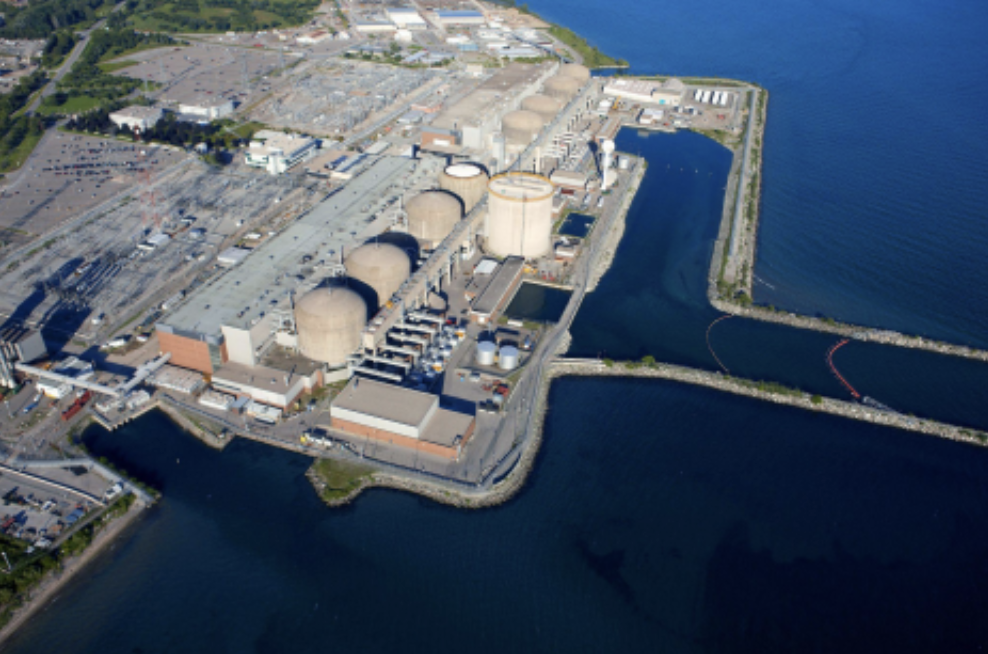The Next Step for Environmentalism: A Return to Pragmatism
As a young person today with only a passing interest in current events and world news, it’s hard not to be aware of how quickly the outlook for the future of our environment is deteriorating. The headlines are both alarming in frequency and vast in scope; the glaciers are melting, sea levels are rising, average temperatures are up, and natural disasters are more frequent and severe. It’s quite concerning to realize that as a collective, we humans still have not figured out what specifically to focus on and how to solve those problems.
For reasons unbeknownst to me, the latest solution to climate change seems to be defacing famous artwork with soup. On October 14, two protesters from viral group Just Stop Oil threw tomato soup on Vincent van Gogh’s Sunflowers, then promptly glued their hands to the wall. Supposedly, this was an effort to raise awareness of genuinely important issues, such as fossil fuel subsidies and the cost of living, but most casual coverage of the protest on social media wasn’t focused on those. Rather, the video of the soup-throwing went viral just for how absurd it was.
Thankfully, underneath the ridiculous soup-throwing and media sensationalism, environmental science is a very structured field with troves of research and data publicly accessible, with more being collected each day. This is why I’m suggesting a new path for the environmental movement: a return to pragmatism. When it comes to an issue as serious and far-reaching as climate change, what’s really needed is a data-driven, logical, and unified approach.
As an illustration of “losing of the script,” energy is a great example. It’s all the talk these days as winter approaches and the war in Ukraine continues; the European economy has begun to cripple under the pressures of sanctions against Russia, uncertainty in the oil markets, and energy prices that have skyrocketed due to scant supply. Given all this, the question has to be asked: why does Europe rely so heavily on dirty Russian fossil fuels to begin with?
The answer lies in the continued refusal of a large contingent of the environmental movement to look at empirical evidence. For decades, the prevalence of nuclear energy in particular has been declining in Europe and elsewhere as countries like Germany closed many of their nuclear power plants in favour of supposedly “greener” alternatives. Even everyone’s favourite climate activist, Greta Thunberg, is involved; in July of this year she said “no amount of lobbyism and greenwashing will ever make [nuclear] green” and called nuclear energy a “false solution.”
Meanwhile, according to the United States government, “nuclear is a zero-emission clean energy source.” The “zero emission” label specifically refers to emissions from operations, but even including total net emissions from all related processes, nuclear energy produces a similar amount of emissions compared to wind energy and as low as one third as much compared to solar.
Wind and solar are both commonly cited as superior alternatives to nuclear energy, but neither are universally better. Solar panels require many mining-intensive minerals such as lead, copper, and nickel, and both wind and solar are fundamentally intermittent power sources that are only viable in certain geographies. To have a 100% wind and solar grid you would therefore need massive battery storage capability, which just exacerbates the minerals problem.
Nuclear, by contrast, marginally requires only uranium and water, and it runs 24/7 in all weather conditions. In addition, uranium is a very dense energy source, meaning that only modest amounts are needed during the fission process, and the volume of waste is small relative to the amount of energy it produces.
These facts are what makes the widespread, often casual dismissal of nuclear power as a viable energy solution so confusing—especially since the direct alternatives being chosen are so obviously much worse than nuclear. In Germany, where Thunberg and others have long opposed nuclear power, coal-fired power plants are back in operation because of the aforementioned energy supply crunch. When environmentalists are indirectly advocating for coal, which emits up to 273 times more pollution than nuclear per unit of electricity, you know that something needs to change.
It is important to acknowledge that, while far better than coal, nuclear power isn’t perfect either: a tremendous amount of water is used, radioactive waste produced can be harmful for up to one million years, and of course severe nuclear accidents are a worrisome possibility. Over time, these drawbacks lessen as new plants become more efficient, permanent nuclear waste storage facilities are built, and more redundancy is built into power plant systems.
Thankfully, energy policy is trending in the right direction. Remember Greta Thunberg’s anti-nuclear quotes? Those were in response to a European Parliament vote to classify investments in nuclear energy plants as “environmentally sustainable.” Despite Thunberg’s involvement, the reclassification went through, as members see the need for cleaner energy sources only increasing alongside our current climate and geopolitical instability. Even Thunberg changed her tune and called the turning off of nuclear plants in Germany in favour of coal “a mistake.”
As with any existential problem, there is no one-size-fits-all solution to climate change but there are a few concrete steps available. Virtue signaling for likes online has to stop, emotional decision making and sensationalism must be limited, and the following question must be asked again and again: what does the data say? I believe that if we can answer that question with any reasonable proficiency, then we are already a step ahead when it comes to protecting our future.
